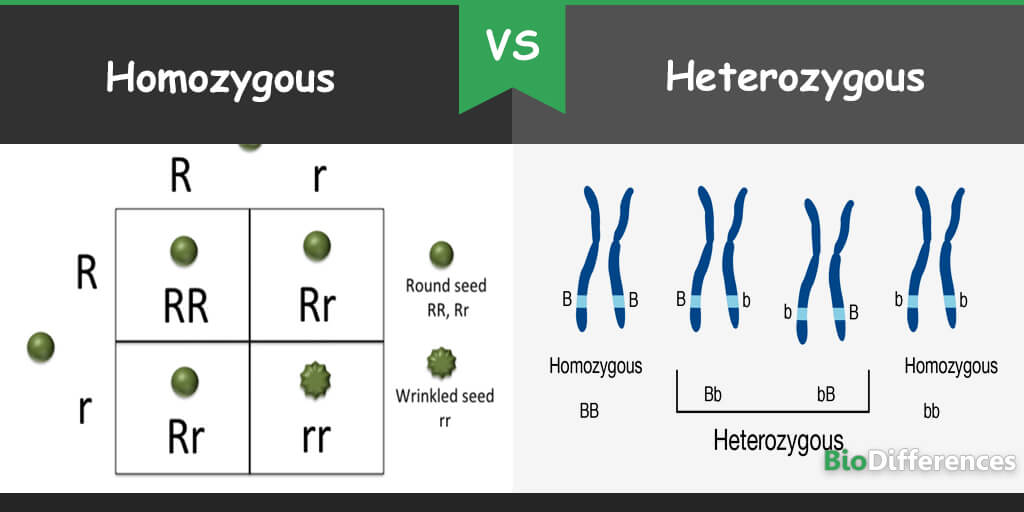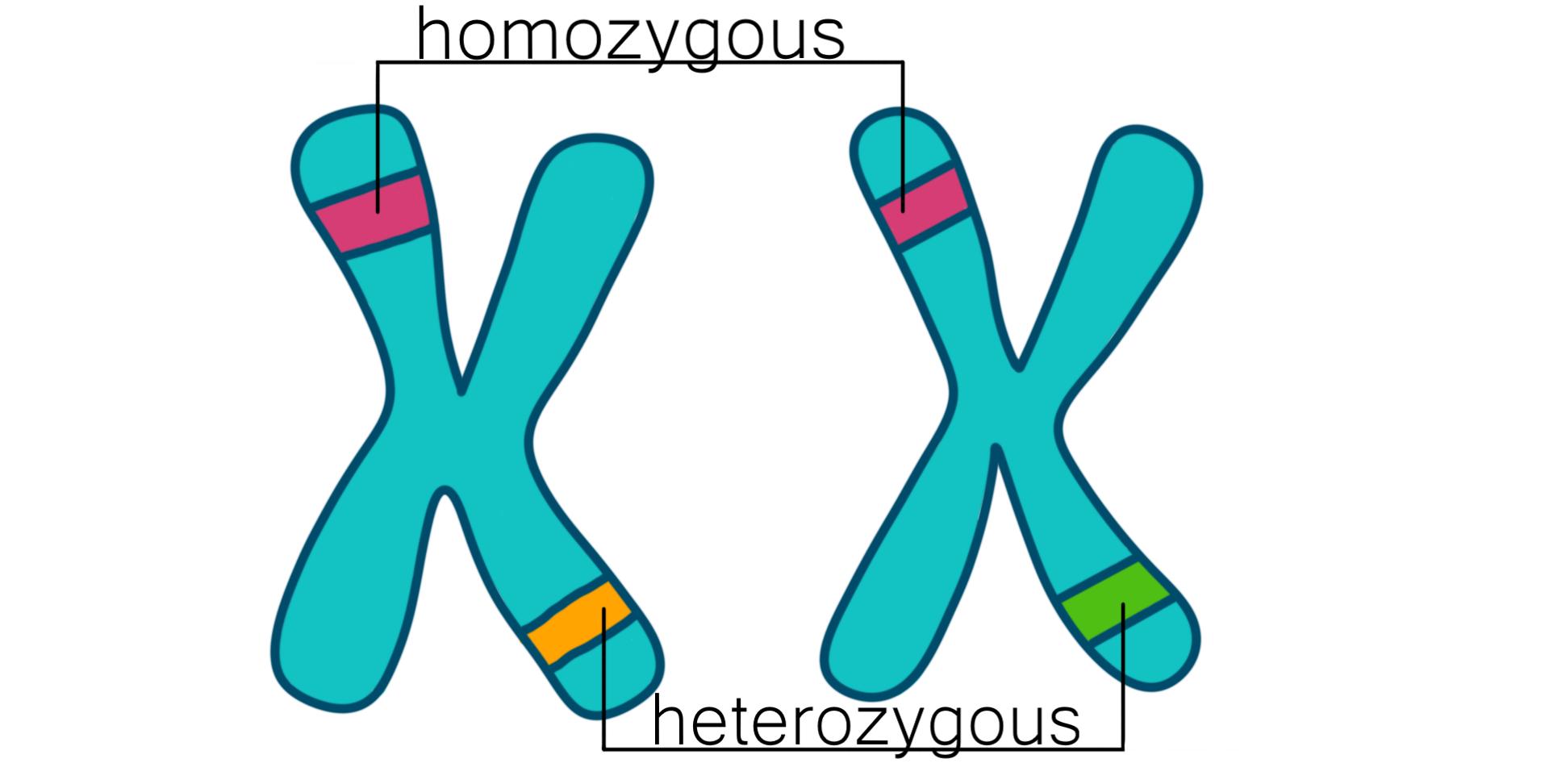Genetics play a crucial role in shaping who we are, from our eye color to our susceptibility to certain diseases. With advancements in genetic science, terms like “homozygous” and “hemizygous” frequently surface, especially in discussions surrounding heredity and genetic disorders. These concepts are foundational to understanding how genes are passed down from parents to offspring and how they manifest in various traits.
Homozygous refers to a genetic condition where an individual inherits identical alleles for a particular gene from both parents. Hemizygous, on the other hand, is a state where an individual has only one allele for a gene, typically due to the absence of the corresponding allele. This can occur in genes located on the X chromosome in males, who have only one X chromosome and therefore only one allele for any X-linked gene.
Recognizing the difference between homozygous and hemizygous is essential for understanding genetic variation and its implications. This knowledge not only aids in the study of genetic diseases but also enhances our understanding of gene function and inheritance patterns. It is particularly important in the fields of genetics counseling and medical diagnostics.

Basic Genetics
Genes and Alleles
At the core of genetic science are genes, the fundamental units of heredity in living organisms. These DNA sequences are responsible for guiding the production of proteins, which in turn play critical roles in the construction and operation of the body. Each gene resides at a specific location on a chromosome and can exist in different versions known as alleles. These alleles are what provide the variation that can lead to different traits among individuals, such as eye color or blood type.
For instance, the gene responsible for determining blood type has three common alleles: A, B, and O. The combination of these alleles, inherited from our parents, determines an individual’s blood type—A, B, AB, or O—which demonstrates how alleles directly influence our genetic traits.
Chromosome Structure
Chromosomes are long, organized structures of DNA and proteins that are found in the nucleus of most living cells. They carry genetic information in the form of genes. Humans typically have 46 chromosomes, arranged in 23 pairs. This includes 22 pairs of autosomes and one pair of sex chromosomes, determining genetic sex as XX for females and XY for males.
The structure of a chromosome is crucial for the accurate replication and distribution of genetic material during cell division. Each chromosome consists of a DNA molecule packed tightly around proteins called histones, forming a complex known as chromatin. This packaging allows the long DNA molecules to fit into the cell’s nucleus and play essential roles in regulating gene expression and protecting DNA from damage.
Homozygous Explained
Definition
A genetic condition is termed homozygous when an individual inherits identical alleles of a gene from both parents. This uniformity can lead to the expression of recessive traits if both alleles are recessive, or dominant traits if they are dominant. Homozygosity is a key concept in understanding how traits are transmitted and expressed in offspring.
Examples in Humans
Many human traits and conditions result from being homozygous for certain genes. For example, individuals who are homozygous for the recessive allele for cystic fibrosis will manifest this genetic disorder. This condition underscores the medical relevance of knowing an individual’s homozygous status.
Another example is sickle cell disease, prevalent in regions with high malaria incidence. This disease occurs when a person inherits two sickle cell alleles, one from each parent, leading to the production of abnormal hemoglobin. While carrying one sickle cell allele (heterozygous) provides malaria resistance, being homozygous causes the full-blown disease.
Hemizygous Defined
Definition
Hemizygous is a term used to describe the presence of only one allele at a genetic locus, instead of the typical pair found in diploid organisms. This situation commonly occurs for genes on the X chromosome in males, who have one X and one Y chromosome. As a result, males are hemizygous for most genes on the X chromosome, meaning they express the traits associated with the allele on their single X chromosome without a corresponding allele on the Y chromosome.
Common Occurrences
The hemizygous condition significantly impacts genetic expression and disease manifestation, particularly in males. Hemophilia A, a disorder that impairs the body’s ability to clot blood, is caused by a mutation in a gene on the X chromosome. Since males have only one X chromosome, a single mutated allele leads to the disease. In contrast, females would need mutations in both alleles of their X chromosomes to exhibit the disease, a much rarer occurrence.
Genetic Expressions
Homozygous Traits
When an individual is homozygous for a gene, the trait that the gene controls will express itself in a predictable manner. If the alleles are dominant, the trait will be dominantly displayed; if recessive, the trait will only appear if no dominant allele is present. This straightforward expression pattern allows for easier prediction of traits in planned breeding or in genetic counseling.
For example, in pea plants, the gene for flower color can be either purple (dominant) or white (recessive). A plant that is homozygous for the purple allele will always have purple flowers, while one that is homozygous for the white allele will have white flowers, illustrating a clear-cut case of Mendelian genetics.
Hemizygous Traits
In hemizygous configurations, particularly in human males, traits linked to the X chromosome will manifest regardless of whether they are dominant or recessive, because there is no corresponding allele on the Y chromosome to counteract the effect. This can lead to the expression of traits that might be rare or recessive in the general population.
Color blindness and hemophilia are examples where males exhibit symptoms even if they carry only one defective allele. This is because the single allele on the X chromosome expresses itself without opposition from a second allele, which would normally be present in females.
Comparative Analysis
Similarities
Both homozygous and hemizygous conditions reveal important insights into how genes influence the physical and physiological traits of organisms. They are fundamental in genetic studies and have direct implications in fields like genetics counseling and disease prevention. Understanding these concepts allows researchers and healthcare professionals to predict genetic conditions and advise individuals about their chances of passing on certain traits.
Key Differences
While both terms describe genetic conditions, homozygous involves both alleles of a pair being the same, either as two dominants or two recessives, which stabilizes the expression of traits. Hemizygous, however, involves just a single allele, often leading to variable trait expressions, particularly evident in sex-linked conditions affecting males.
The main difference lies in the expression and potential health implications of these genetic statuses. Hemizygosity can lead to more severe consequences in the expression of genetic diseases, especially when harmful mutations are involved.
Genetic Testing
Methods for Detection
Genetic testing techniques have revolutionized the way we understand and approach genetics. Key methods include:
- PCR (Polymerase Chain Reaction): Amplifies tiny segments of DNA to analyze specific genes.
- Sequencing: Determines the exact sequence of a DNA segment, providing comprehensive genetic information.
- Microarrays: Used for scanning for known genetic mutations from thousands of different genes simultaneously.
Applications in Medicine
Genetic testing has vast applications in medicine, from diagnosing genetic disorders to tailoring treatments based on an individual’s genetic makeup. For instance, pharmacogenomics studies how genes affect a person’s response to drugs, allowing for personalized medicine strategies that optimize drug efficacy and minimize adverse effects.
Case Studies
Homozygous Disorders
Cystic fibrosis is a classic example of a disorder arising from being homozygous recessive for a mutation in the CFTR gene. This genetic condition affects the respiratory and digestive systems and illustrates the critical impact of homozygous recessive conditions on health.
Hemizygous Conditions
Duchenne Muscular Dystrophy (DMD) is a severe form of muscular dystrophy that occurs in males who are hemizygous for mutations in the dystrophin gene on the X chromosome. This condition leads to progressive muscle degeneration and weakness, showcasing how hemizygous conditions can have profound effects on an individual’s quality of life.
Frequently Asked Questions
What Is Homozygous?
Homozygous is a genetic condition where an individual has two identical alleles of a gene. This can result in the dominant or recessive expression of genetic traits, depending on the nature of the alleles involved.
What Is Hemizygous?
Hemizygous refers to having only one single allele of a gene instead of a pair. This is commonly seen in genes on the sex chromosomes in individuals with one X and one Y chromosome, such as human males.
How Does Homozygous Differ from Hemizygous?
While a homozygous individual carries two identical alleles of a gene, a hemizygous individual has only one allele of a gene. This difference critically impacts the expression of genetic traits and the inheritance of genetic conditions.
Why Is Understanding Homozygous and Hemizygous Important?
Understanding these genetic conditions helps in diagnosing genetic diseases, predicting genetic traits in offspring, and implementing genetic therapies. It also plays a crucial role in research and development in genetics.
Conclusion
Grasping the distinction between homozygous and hemizygous is more than an academic exercise; it is vital for practical applications in medicine and genetics research. These concepts form the backbone of genetic diagnosis and counseling, providing crucial insights into how traits and conditions are inherited.
The knowledge of homozygous and hemizygous gene expression not only helps in understanding individual genetics but also aids in the broader context of biological research and medical advancements. It underscores the complexity of genetics and its significant impact on life, paving the way for future discoveries and therapies in the field.

